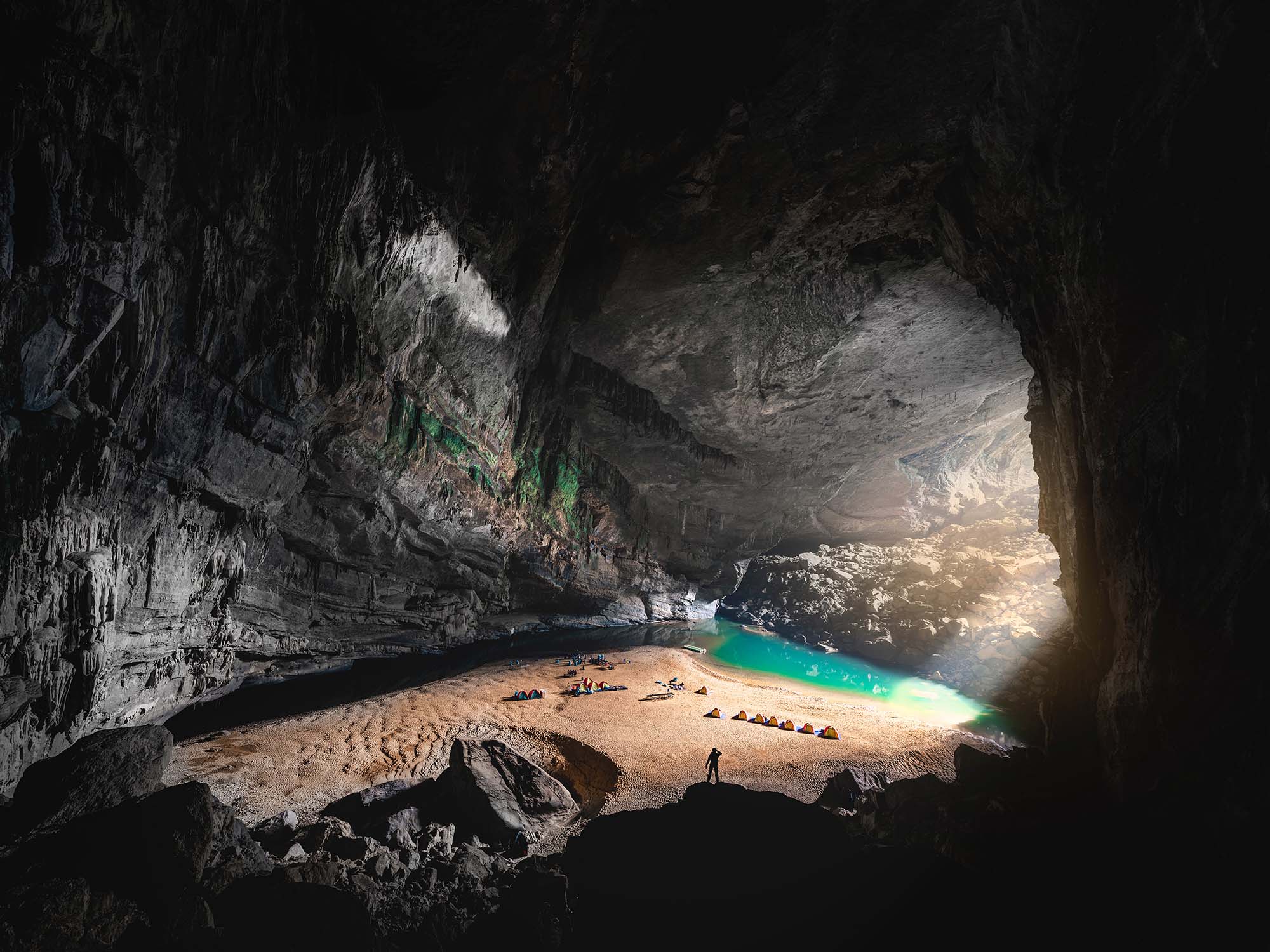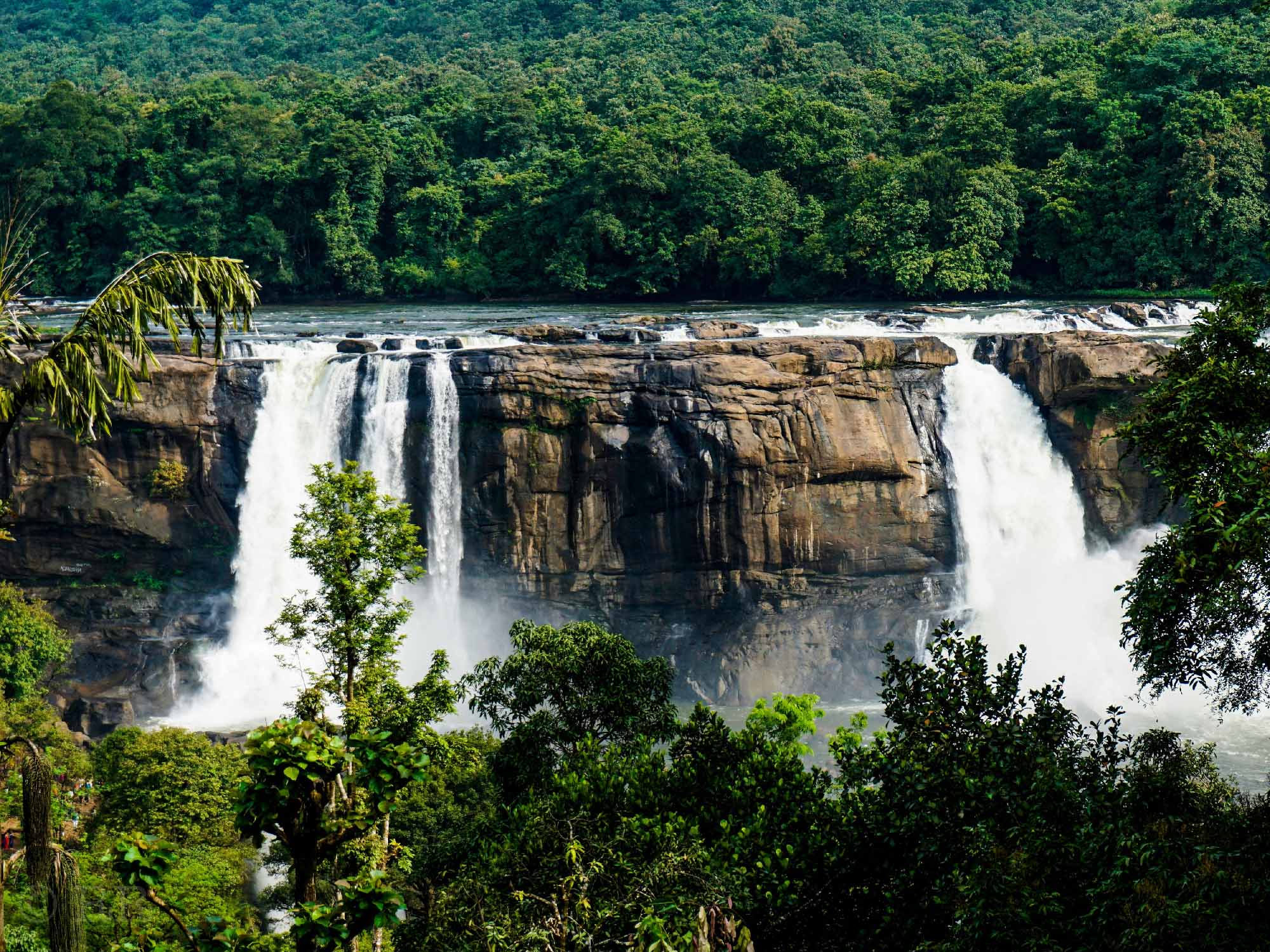
The Patagonia Coast
Striking coastal mountains and vibrant sea life

Striking coastal mountains and vibrant sea life
Patagnoia, Chile
The Patagonia region encompasses the southern end of South America, governed by Argentina and Chile. The region comprises the southern section of the Andes Mountains, lakes, fjords, and glaciers in the west and deserts, tablelands and steppes to the east. Patagonia is bounded by the Pacific Ocean on the west, the Atlantic Ocean to the east, and many bodies of water that connect them, such as the Strait of Magellan, the Beagle Channel, and the Drake Passage to the south.

The destination and the expedition
Island - seabirds and Les Eclaireurs Lighthouse in foreground with mountain rising in background Argentine Patagonia is for the most part a region of steppe-like plains, rising in a succession of 13 abrupt terraces about 100 m (330 ft) at a time, and covered with an enormous bed of shingle almost bare of vegetation. In the hollows of the plains are ponds or lakes of fresh and brackish water. Towards Chilean territory, the shingle gives way to porphyry, granite, and basalt lavas, and animal life becomes more abundant. Vegetation is more luxuriant, consisting principally of southern beech and conifers. The high rainfall against the western Andes (Wet Andes) and the low sea-surface temperatures offshore give rise to cold and humid air masses, contributing to the ice fields and glaciers, the largest ice fields in the Southern Hemisphere outside of Antarctica.
Among the depressions by which the plateau is intersected transversely, the principal ones are the Gualichu, south of the Río Negro, the Maquinchao and Valcheta (through which previously flowed the waters of Nahuel Huapi Lake, which now feed the Limay River), the Senguerr (spelled Senguer on most Argentine maps and within the corresponding region), and the Deseado River. Besides these transverse depressions (some of them marking lines of ancient interoceanic communication), others were occupied by either more or less extensive lakes, such as the Yagagtoo, Musters, and Colhue Huapi, and others situated to the south of Puerto Deseado in the center of the country.
Across much of Patagonia east of the Andes, volcanic eruptions have created formation of basaltic lava plateaus during the Cenozoic. The plateaus are of different ages with the older –of Neogene and Paleogene age– being located at higher elevations than Pleistocene and Holocene lava plateaus and outcrops.
The geological limit of Patagonia has been proposed to be Huincul Fault, which forms a major discontinuity. The fault truncates various structures including the Pampean orogen found further north. The ages of base rocks change abruptly across the fault. Discrepancies have been mentioned among geologists on the origin of the Patagonian landmass. Víctor Ramos has proposed that the Patagonian landmass originated as an allochthonous terrane that separated from Antarctica and docked in South America 250 to 270 Mya in the Permian period. A 2014 study by R.J. Pankhurst and coworkers rejects any idea of a far-traveled Patagonia, claiming it is likely of parautochtonous (nearby) origin.
for the coming year
 from $1949
from $1949
 from $1839
from $1839
 from $1799
from $1799
 from $1449
from $1449